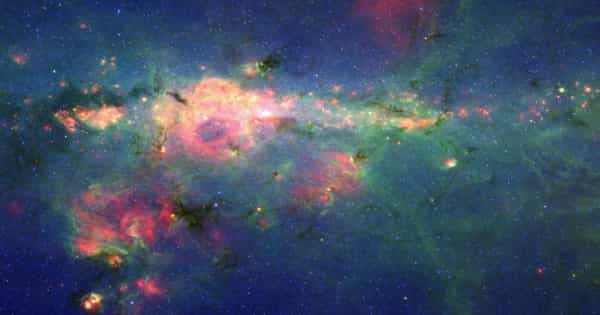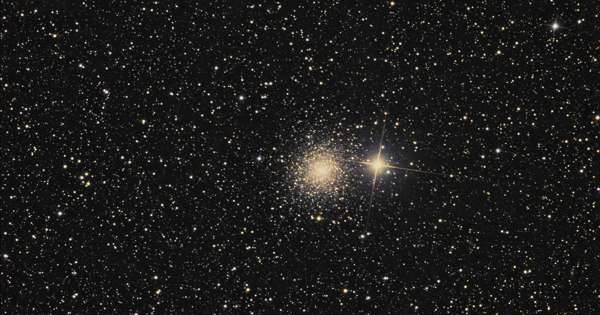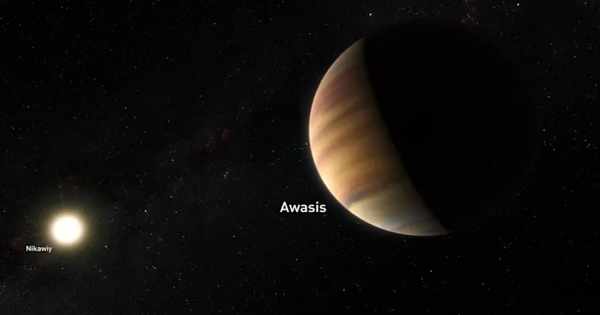An elliptical galaxy is a type of galaxy that has an elliptical shape and a smooth, nearly featureless image. Along with spiral and lenticular galaxies, they are one of the four main classes of the galaxy described by Edwin Hubble in his Hubble sequence and 1936 work The Realm of the Nebulae. Elliptical (E) galaxies are a subset of the “early-type” galaxy population, along with lenticular galaxies (S0) with large-scale discs and ES galaxies with intermediate-scale discs.
An elliptical galaxy is distinguished by its smooth, ellipsoidal shape. Along with spiral galaxies, irregular galaxies, and lenticular galaxies, it is one of the four major types of galaxies. Due to their lack of features in comparison to spiral galaxies, elliptical galaxies are often referred to as “early-type” galaxies.
Most elliptical galaxies are made up of older, low-mass stars with a sparse interstellar medium and little star formation activity, and they are typically surrounded by a dense population of globular clusters. Elliptical galaxies are thought to account for about 10-15% of galaxies in the Virgo Supercluster, but they are not the most common type of galaxy in the universe. They are most commonly found near the centres of galaxy clusters.

Here are some key features and characteristics of elliptical galaxies:
- Shape: Elliptical galaxies are elliptical or rounded in shape, ranging from nearly spherical (E0) to highly elongated (E7). The Hubble sequence is used to classify the shape.
- Structure: They lack spiral galaxies’ prominent arms and disc structure. Instead, elliptical galaxies are mostly made up of old stars and have little ongoing star formation. They are made up of stars in a spheroidal pattern with no discernible structure.
- Stellar Population: Older, red and yellow stars dominate elliptical galaxies. They have little to no active star formation and stellar populations with low gas and dust abundances.
- Size: Elliptical galaxies can vary greatly in size, ranging from small dwarf ellipticals to massive giants. Some elliptical galaxies are among the largest known galaxies in the universe.
- Formation: The exact process of elliptical galaxy formation is still a topic of ongoing research. It is believed that they form through several mechanisms, including mergers and interactions between galaxies, where the gravitational forces disrupt the original galaxy’s structure and lead to the formation of an elliptical shape.
- Galactic Evolution: Elliptical galaxies are thought to be in the advanced stage of galactic evolution. They are generally thought to be “dead” or inactive galaxies, lacking ongoing star formation processes and the presence of young, hot stars.
- Stellar Motion: Rather than the organized rotation seen in spiral galaxies, stars in elliptical galaxies have random, chaotic orbits. This motion is caused by the galaxy’s complex gravitational interactions.
- Central Supermassive Black Hole: Many elliptical galaxies, like other types of galaxies, have a supermassive black hole at their centre. These black holes can have masses millions, if not billions, of times that of our Sun.
















